Related Research Articles
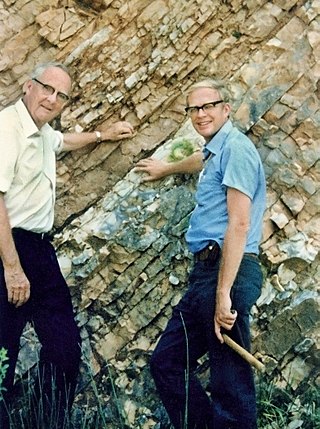
Walter Alvarez is a professor in the Earth and Planetary Science department at the University of California, Berkeley. He is most widely known for the theory that dinosaurs were killed by an asteroid impact, developed in collaboration with his father, Nobel Prize–winning physicist Luis Alvarez.
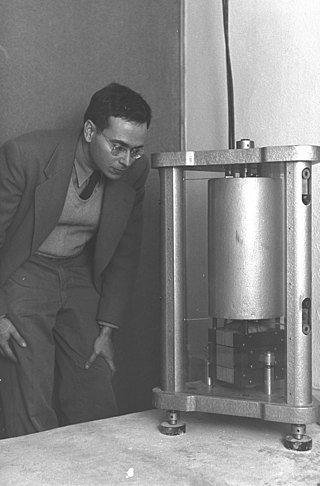
Frank Press was an American geophysicist. He was an advisor to four U.S. presidents, and later served two consecutive terms as president of the U.S. National Academy of Sciences (1981–1993). He was the author of 160 scientific papers and co-author of the textbooks Earth and Understanding Earth.

Geoffrey William Marcy is an American astronomer. He was an early influence in the field of exoplanet detection, discovery, and characterization. Marcy was a professor of astronomy at the University of California, Berkeley, and an adjunct professor of physics and astronomy at San Francisco State University. Marcy and his research teams discovered many extrasolar planets, including 70 out of the first 100 known exoplanets and also the first planetary system around a Sun-like star, Upsilon Andromedae. Marcy was a co-investigator on the NASA Kepler mission. His collaborators have included R. Paul Butler, Debra Fischer and Steven S. Vogt, Jason Wright, Andrew Howard, Katie Peek, John Johnson, Erik Petigura, Lauren Weiss, Lea Hirsch and the Kepler Science Team. Following an investigation for sexual harassment in 2015, Marcy resigned his position at the University of California, Berkeley.

James Edward Gunn is the Eugene Higgins Professor of Astronomy at Princeton University. Gunn's early theoretical work in astronomy has helped establish the current understanding of how galaxies form, and the properties of the space between galaxies. He also suggested important observational tests to confirm the presence of dark matter in galaxies, and predicted the existence of a Gunn–Peterson trough in the spectra of distant quasars.
William Walden Rubey was an American geologist.

Raymond Jeanloz is a professor of earth and planetary science and of astronomy at the University of California, Berkeley. Educated at the California Institute of Technology, Amherst College and at Deep Springs College, he has contributed research fundamental to understanding of the composition of the Earth and the behavior of materials under high temperatures and pressures. He is working with colleagues to investigate the conditions inside supergiant exoplanets. Jeanloz is also a prominent figure in nuclear weapons policy, chairing the Committee on International Security and Arms Control at the National Academy of Sciences. He was an Annenberg Distinguished Visiting Fellow at Stanford University's Hoover Institution from 2012 to 2013. He is a co-editor of the Annual Review of Earth and Planetary Sciences.

Peter Goldreich is an American astrophysicist whose research focuses on celestial mechanics, planetary rings, helioseismology and neutron stars. He is the Lee DuBridge Professor of Astrophysics and Planetary Physics at California Institute of Technology. Since 2005 he has also been a professor at the Institute for Advanced Study in Princeton, New Jersey. Asteroid 3805 Goldreich is named after him.
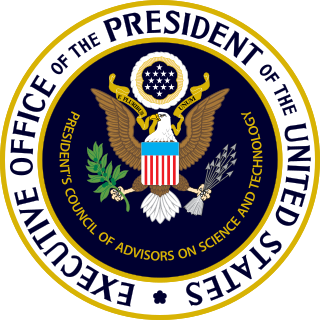
The President's Council of Advisors on Science and Technology (PCAST) is a council, chartered in each administration with a broad mandate to advise the president of the United States on science and technology. The current PCAST was established by Executive Order 13226 on September 30, 2001, by George W. Bush, was re-chartered by Barack Obama's April 21, 2010, Executive Order 13539, by Donald Trump's October 22, 2019, Executive Order 13895, and by Joe Biden's February 1, 2021, Executive Order 14007.

Andrew Cowper Lawson was a Scots-born Canadian geologist who became professor of geology at the University of California, Berkeley. He was the editor and co-author of the 1908 report on the 1906 San Francisco earthquake which became known as the "Lawson Report". He was also the first person to identify and name the San Andreas Fault in 1895, and after the 1906 quake, the first to delineate the entire length of the San Andreas Fault which previously had been noted only in the San Francisco Bay Area. He also named the Franciscan Complex after the Franciscan Order of the Catholic church whose missions used conscripted Native American labor to mine limestone in these areas.
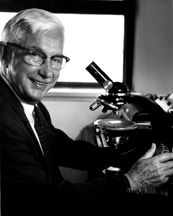
Howel Williams was an American geologist and volcanologist.
Michael Manga is a Canadian-American geoscientist who is currently a professor at the University of California, Berkeley.
Robert Peichung Lin was Chinese-born American astrophysicist. He was a professor and director of the Space Sciences Laboratory (1998–2008) at the University of California, Berkeley. As a pioneer of gamma-ray astronomy and of particle detection in space, his research was fundamental to the development of our knowledge in solar physics, the physics of the solar wind and of the magnetosphere. He was the Principal Investigator for the Reuven Ramaty High Energy Solar Spectroscopic Imager.
Kerry E. Sieh is an American geologist and seismologist.

Jillian Fiona Banfield is professor at the University of California, Berkeley with appointments in the Earth Science, Ecosystem Science and Materials Science and Engineering departments. She leads the Microbial Research initiative within the Innovative Genomics Institute, is affiliated with Lawrence Berkeley National Laboratory and has a position at the University of Melbourne, Australia. Some of her most noted work includes publications on the structure and functioning of microbial communities and the nature, properties and reactivity of nanomaterials.

Sean Carl Solomon is the director of the Lamont–Doherty Earth Observatory of Columbia University, where he is also the William B. Ransford Professor of Earth and Planetary Science. Before moving to Columbia in 2012, he was the director of the Department of Terrestrial Magnetism at the Carnegie Institute in Washington, D.C. His research area is in geophysics, including the fields of planetary geology, seismology, marine geophysics, and geodynamics. Solomon is the principal investigator on the NASA MESSENGER mission to Mercury. He is also a team member on the Gravity Recovery and Interior Laboratory mission and the Plume-Lithosphere Undersea Melt Experiment (PLUME).

Donald James DePaolo is an American professor of geochemistry in the department of earth and planetary science at the University of California, Berkeley and associate laboratory director for energy and environmental sciences at the Lawrence Berkeley National Laboratory.
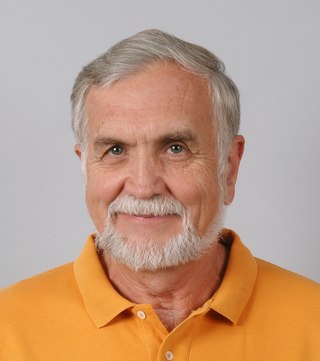
Ronald Greeley was a Regents’ Professor in the School of Earth and Space Exploration (SESE) at Arizona State University (ASU), the Director of the NASA-ASU Regional Planetary Image Facility (RPIF), and Principal Investigator of the Planetary Aeolian Laboratory at NASA-Ames Research Center. He was involved with lunar and planetary studies since 1967 and most recently focused his research on understanding planetary surface processes and geologic histories.
Adolf Pabst was an American mineralogist and geologist.
John Verhoogen was a Belgian-American geologist and geophysicist.
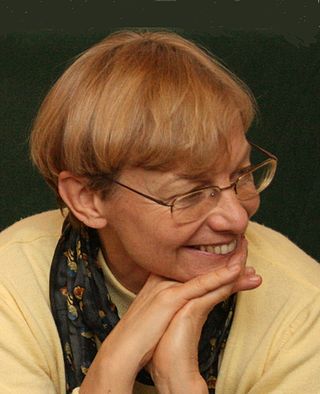
Barbara A. Romanowicz is a French geophysicist and an expert on imaging the earth's interior.
References
- ↑ "Earth & Planetary Science, UC Berkeley - Bill Dietrich". University of California, Berkeley . Retrieved 2009-11-29.
- ↑ "Members of National Academy of Sciences—Dietrich, William E." National Academy of Sciences . Retrieved 2009-11-29.